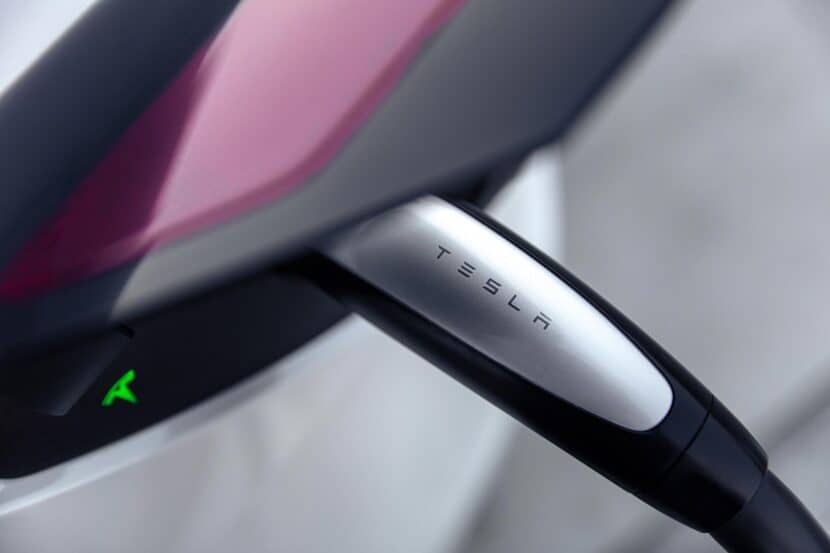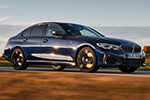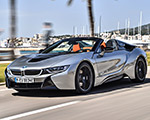Qualcomm Technologies and BMW have officially launched Snapdragon Ride Pilot, a new automated driving system that marks the result of a three-year collaboration. The technology made its debut in the all-new BMW iX3, and has already been validated for use in more than 60 countries. Availability is expected to expand to over 100 countries in 2026.
The system is built on Qualcomm’s Snapdragon Ride system-on-chips (SoCs) and the Snapdragon Ride AD software stack, co-developed by both companies. More than 1,400 engineers and specialists across Germany, the United States, Sweden, Romania, and the BMW Automated Driving Test Center in the Czech Republic contributed to its development.
Focus on Scalability and Safety
Both companies described Ride Pilot as a flexible and scalable platform that emphasizes safety as its foundation. The software stack combines Qualcomm’s perception technology with BMW’s drive policy expertise and is structured around three main elements: 360-degree perception, context-aware driving, and full compliance with global safety standards.
The 360-degree perception system uses cameras and radar in a bird’s-eye-view architecture, allowing for object detection, lane recognition, traffic sign reading, parking assistance, driver monitoring, and mapping. Qualcomm says that the radar and camera fusion is designed to cut down on latency in critical situations, particularly in complex urban intersections.
Safety and regulatory compliance were central to the design, according to the company. Snapdragon Ride Pilot meets Automotive Safety Integrity Levels and Functional Safety standards, while also addressing requirements from NCAP, FMVSS127, and DCAS. It integrates Safety of the Intended Functionality measures as well as multi-layered cybersecurity, including encryption and threat detection.
Context-aware driving is handled through a mix of rule-based systems and AI-driven models, allowing the car to predict and plan for different scenarios on highways and in cities.
The “Superbrain” in the BMW iX3
BMW has branded the platform the “Superbrain of Automated Driving” to underline its significance in the Neue Klasse. In the iX3, the Snapdragon Ride SoCs deliver 20 times the computing power of BMW’s previous generation driver assistance systems, centralizing all automated driving functions within a single high-performance computer.
The BMW iX3’s capabilities include highway assistant features with hands-free driving on approved routes, automated lane changes and overtaking triggered by subtle driver cues, and AI-assisted parking with slot detection. The system is supported by a network of high-definition cameras, radar sensors, mapping, and precise GNSS positioning, providing reliable 360-degree awareness.
The iX3 is also the first BMW to use Qualcomm’s V2X 200 chipset, enabling vehicle-to-everything communication. By linking with other vehicles, road infrastructure, and pedestrians, the system can detect potential hazards beyond the reach of conventional sensors, improving both safety and situational awareness.
Designed to Evolve
Snapdragon Ride Pilot supports over-the-air updates via Qualcomm’s SDK, allowing the software to be adapted and upgraded over time. Fleet data will also be used to refine the system continuously, ensuring that the technology can improve throughout the lifecycle of the vehicle.
We had a chance to test the automated driving system in the new BMW iX3 back in June and you can watch that video right below:







































































